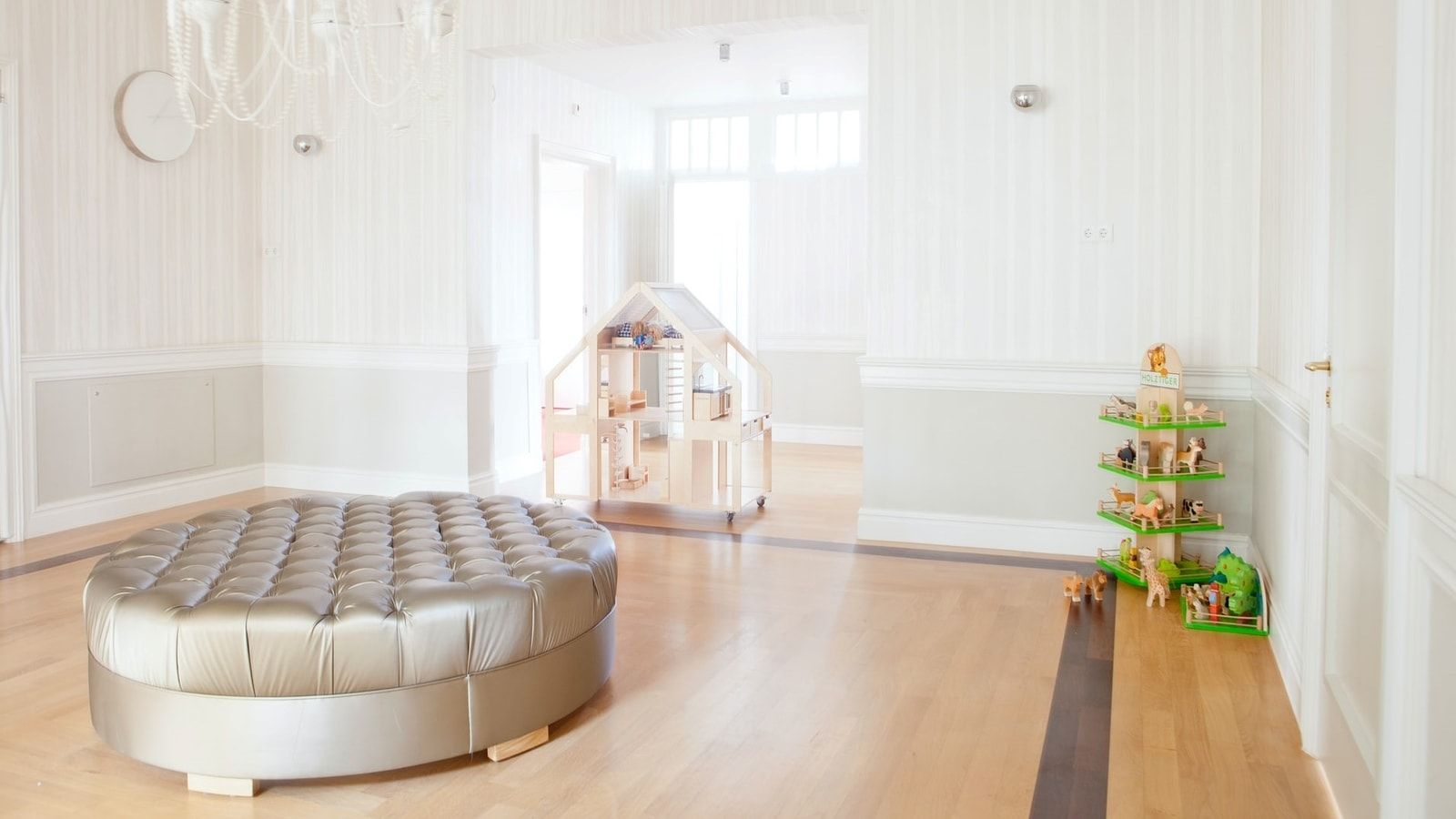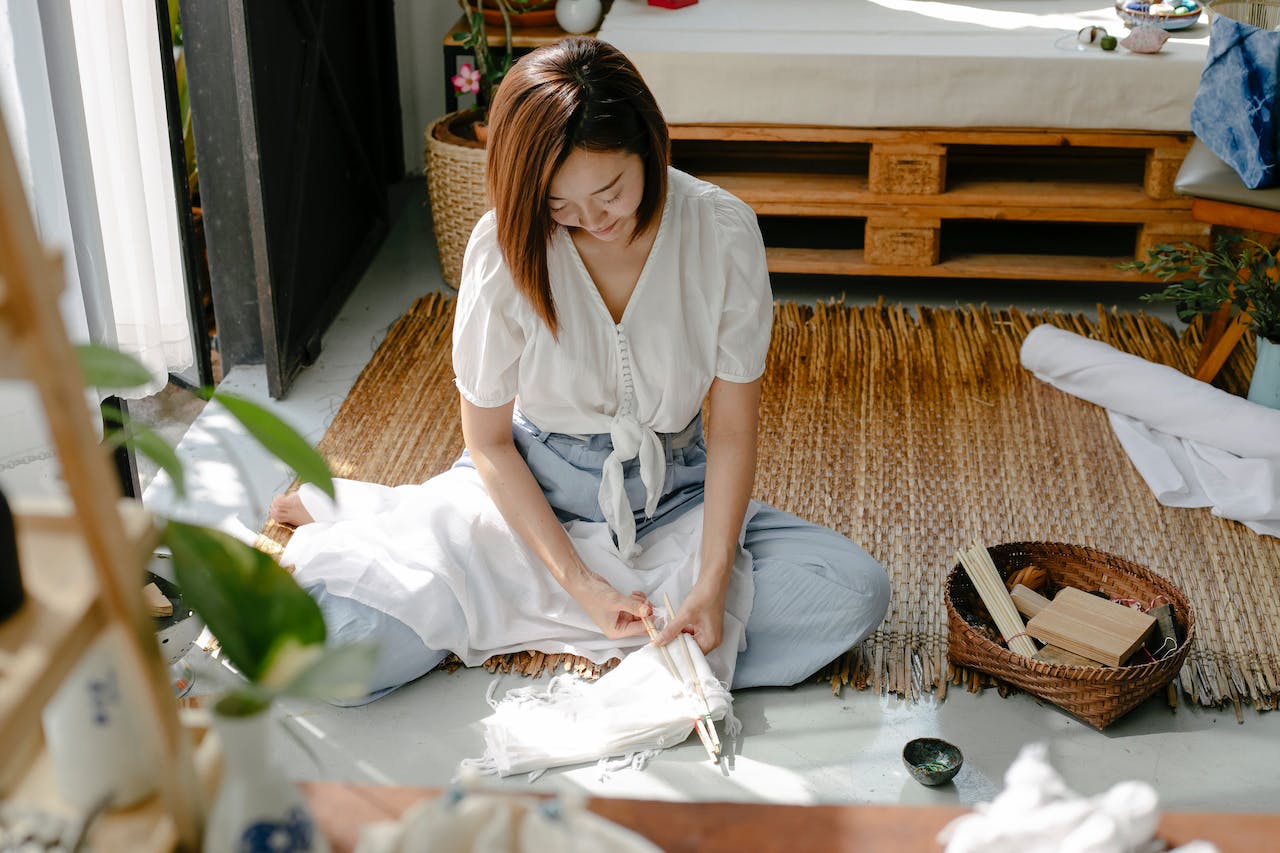An old timber floor can be brought back to life by sanding and polishing it, giving the space a gleaming appearance. You can either employ a sanding and finishing expert or do it yourself (DIY) for a better and less expensive alternative. Even though refinishing a decolorized wood floor is a common DIY project, it is easy to make mistakes. In that case, the result would be a rough floor, or in the worst-case scenario, the whole flooring would have to be replaced. Since hardwood floors are so costly, ruining them during polishing is every homeowner's nightmare.
If you employ an expert to restore your timber floor or choose to do it yourself, some pointers and precautions must be kept in mind. So, if you want to spruce up your old hardwood flooring, use our helpful hints.
We recommend this company if you’re looking for professional assistance for floor sanding and polishing in Brisbane, Queensland, Australia. At the time of writing we still do not have that many companies that specialise in hardwood floor repair on Expert Easy.
Where do I get started?
Remove any old floor coverings, nails, or anything else connected to the floor after entirely emptying the room, and then vacuum and clean it thoroughly. To begin, you'll need an empty and clean surface to work on.
Bye-bye, base shoe
If a room's baseboards have quarter-round paneling (also known as "base shoe"), it must be pried off and reconfigured later. This is why edge sanding raises the floor marginally and sets the baseboard on a small plateau. You don't think you'll remember, but you will. Edge sanding frequently scuffs the base foot, necessitating later touch-up operation.
By removing the base foot, all issues can be avoided. To prevent confusion when reinstalling the base shoe, mark it when you uninstall it. It is better to keep the base shoe in location if it is attached to the baseboard by decades of paint accumulation. If your baseboards are newer and you don't have quarter-round, leave it that way, but expect to see many touch-ups.
Pet stains last a lifetime
Water stains normally fade away after a couple of sanding attempts. However, stains created by pet urine frequently penetrate so deeply into the wood that they are impossible to remove with sandpaper. Bleach designed for wood floors could be worth a shot, but in our experience, the results are shoddy at best, and the wood is blotchy and pitted at worst. The only option is to repair the wood or to paint over the stain and consider it a permanent shrine to a beloved pet.
How can you tell the difference between water and pee? Pet stains are darker (dark grey with black edges) and resemble some country's map, with large and small islands spanning a large area.
Prep the room for floor sanding and polishing
Some of the preparation work is self-evident, such as moving all furniture and wrapping all doorways with plastic. Here are some moves that many DIYers overlook:
- To keep dust out of ducts, cover or block air grilles. Reduce the amount of air circulation in your home by turning off the HVAC system at the thermostat.
- Remove all window treatments and artwork from the walls (unless you would like to clean them afterward).
- Remove any doors that lead into the room. Even by closing and opening doors, you won't be able to totally sand under them.
- Raising low-hanging light fixtures is as simple as tying two chain links together with rope. Otherwise, you're almost certain to hit your head several times.
- Finish nails should be used to secure any loose boards.
- Nailheads can tear the sanding belt or gouge the sanding drum when you're still sanding (which costs you some additional money). As a result, countersink both nails at least 1/8 inch.
- Move a metal snow shovel around the floor to find nails (upside down). You'll hear it as it strikes a nail.
Select high-quality equipment
At least two floor sanders are required: a wide belt sander for the majority of the sanding and a floor edge sander for the places near your skirting boards. Many equipment rental shops have them but don't fall for the cheapest floor sander you can get. Aim for a belt sander that is fresh and of excellent quality. A floor sander is a large piece of machinery used to sand the floor rapidly. It can affect your floor if it isn't in good working order or if you don't use it appropriately.
Belts and discs for your sanders can be purchased from your equipment rental store. You'll need a variety of grits. After you've removed the old finish from the surface, you'll usually start with 40 grit and work your way down to finer grits to achieve a smooth finish.
Use a belt sander on the floor
The most important aspect of the floor sanding and polishing operation is belt sanding. It's a three-step procedure. You'll need to sand your edges with progressively finer grits of sandpaper across each point.
You must rotate your belt sander back before turning it on to avoid the sander rolling throughout the concrete. Then gradually lower it to the ground. You risk fleecing the floor or causing chatter marks if you drop it fast. To sand the floor uniformly, start sanding at a slow and steady rate. Belt sanding is divided into three stages:
- To straighten the board, use a rough sanding belt against the grain. It's easiest to sand at the 45-degree angle, but you might need to sand at a 90-degree angle in certain spots. You will need to begin with a 28-grit belt when the floor has been painted. Try 40 grit when the floor is old and rough. Using 60 grit if the floor is brand new. To achieve an even finish, use alternating strokes.
- Sand with a finer grit with the grain to prevent cross-grain marks.
- Sand the surface with a finer grit belt with the grain to smooth it out.
Use a vacuum cleaner to polish the ground between the sandpaper, and then use an edger to wrap around the skirting board. Vacuum the floor once more and inspect it. Fill any holes with putty and sand again after the putty has dried.
Use a floor edge sander
Between belt sanding, you'll have to use the floor edge sander. Use the same grits as your belt sander uses. To get into the corners and other uncomfortable places, you will need to buy or employ a "V-shaped" sander. The centre of the floor should not be sanded. If you do, it will cause swirl traces on the floor that will be visible after you polish it, as well as a depression in the wood. Make sure your edge sander is level. It will gouge the wood if you tip it.
Get rid of the stripper
Paint stripper is also thought to be a good way to remove the finish before sanding by DIYers. However, do not waste your time. Sanding is more effective, and it's less expensive.
Scrape the corners off
Once you've finished sanding, use a paint scraper to target any areas that the machines couldn't handle. With a sharp scraper, you can create an amazingly smooth glazed surface that won't take a finish like the surrounding wood. Scraped areas should be roughed up with 80- or 100-grit paper.
Prepare the floor for polishing by buffing it
If you're going to use a conventional oil finish, you'll need to buff the floor first. The buffer is a different device that you can rent from your local equipment rental store. Begin in the middle of the floor with a 100-grit screen back (the buffer) and operate at a steady rate. Pay special attention to the places in which the belt sander and the edge sander have crossed.
You do not have to buff a synthetic sealer/polish before applying it. In any case, make absolutely sure the floor is fully dust-free before applying the finish. Be cautious while vacuuming.
How long does it take to sand and polish a floor?
This entirely depends on the state of the floor prior to sanding, the size of the area which requires to be resurfaced, the polish you pick, and the weather conditions at the time of the job. If you want to turn the look of your floors with satin, gloss, or matte timber floor finishes, you can budget at least a week from start to finish to make sure the right steps are followed, and your work is completed correctly.
How often should I resurface my hardwood floors?
In general, if your wooden floors were properly installed and completed, and you were able to meet their moderate maintenance needs, they could last around 10-15 years before you need to resurface them. That's a significant amount of time, emphasizing the importance of having wooden flooring in your home. It will be adaptable to your evolving design needs over time. When you need a refresh but still want the appeal of elegant wooden flooring, floor sanding and polishing will give you the appearance you want without replacing it.







